Premium tin box...
Catégories de blogs
- Actualités sur les boîtes en fer blanc (410)
- Coffret cadeau de vacances (49) click
- 832 / 5,000 Où acheter une boîte en fer blanc personnalisée ? (224)
- Processus de fabrication de boîtes en fer blanc (267)
- Nouvelles de l'usine de boîtes en fer blanc (123)
- Nouvelles de l'industrie de l'emballage (332)



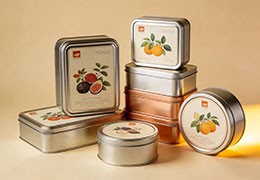


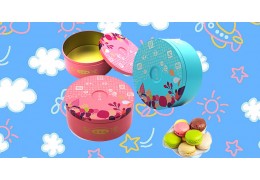
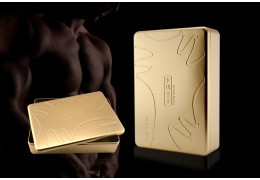

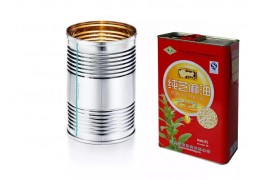



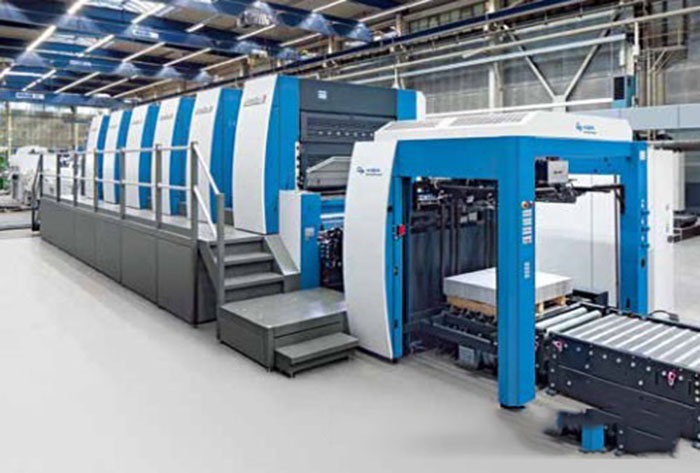 Commonly used printing process 1. The use of printing ink. For folding printing products, you must pay more attention to the use of printing inks and strictly abide by the specifications for the use of folding printing inks, especially the adaptability of substrates and various printing inks. Due to the use of multiple printing methods, the performance of inks used in various printing methods must be controlled during the production process. 2. The problem of control over printing. The production and production of folding printing products should also pay attention to overprinting between printing methods, and do a good job in overprinting calculation and measurement. That is to say, according to the type of substrate used, the drying method of the ink used in various factors, the printing environment, the accuracy of machine registration, the speed of normal production, the materials of various plates selected, etc. Determine the final parameters after proofing. 3. Coordination of production process. Folding printing is sometimes applied to different printing production processes, which requires coordination and cooperation of different printing production processes. Appropriate process changes and process combinations are suitable and beneficial, but too many and too complex will easily affect the stability of product quality during mass production.
Commonly used printing process 1. The use of printing ink. For folding printing products, you must pay more attention to the use of printing inks and strictly abide by the specifications for the use of folding printing inks, especially the adaptability of substrates and various printing inks. Due to the use of multiple printing methods, the performance of inks used in various printing methods must be controlled during the production process. 2. The problem of control over printing. The production and production of folding printing products should also pay attention to overprinting between printing methods, and do a good job in overprinting calculation and measurement. That is to say, according to the type of substrate used, the drying method of the ink used in various factors, the printing environment, the accuracy of machine registration, the speed of normal production, the materials of various plates selected, etc. Determine the final parameters after proofing. 3. Coordination of production process. Folding printing is sometimes applied to different printing production processes, which requires coordination and cooperation of different printing production processes. Appropriate process changes and process combinations are suitable and beneficial, but too many and too complex will easily affect the stability of product quality during mass production.  The difference between paper printing and tin box printing: 1. The substrate is different. It is a metal tin-plated iron plate instead of paper. The basic characteristics of metal tin-plated iron are important considerations in the metal lithography operation process. The materials needed for tin box lithography should be based on the tin box after it is formed. Choose different material varieties for different requirements, such as the amount of tinned metal on the surface of tinned iron and its quenching and tempering degree. The surface performance of the metal tin box also directly affects the appearance of the printed matter and the value of the product. If the tin layer on the surface of the tin box is unevenly distributed, the color of the tin box after plate printing will be different, and the corrosion resistance will be uneven, which will affect the final use value of the product. 2. When the tin box is made of tin-plated iron, it needs to go through processes such as stretching, buckle, and stamping. These processes are not required for carton forming. Therefore, this requires the ink adhesion on the surface of the tin box to reach a certain physical and chemical index. Therefore, before the tin box is lithographically printed, the corresponding coating process must be done on the surface of the tin box. A basic function of coating is to enhance the adhesion and adhesion of the ink layer and the tin box. Depending on the product, the coating process is also different.
The difference between paper printing and tin box printing: 1. The substrate is different. It is a metal tin-plated iron plate instead of paper. The basic characteristics of metal tin-plated iron are important considerations in the metal lithography operation process. The materials needed for tin box lithography should be based on the tin box after it is formed. Choose different material varieties for different requirements, such as the amount of tinned metal on the surface of tinned iron and its quenching and tempering degree. The surface performance of the metal tin box also directly affects the appearance of the printed matter and the value of the product. If the tin layer on the surface of the tin box is unevenly distributed, the color of the tin box after plate printing will be different, and the corrosion resistance will be uneven, which will affect the final use value of the product. 2. When the tin box is made of tin-plated iron, it needs to go through processes such as stretching, buckle, and stamping. These processes are not required for carton forming. Therefore, this requires the ink adhesion on the surface of the tin box to reach a certain physical and chemical index. Therefore, before the tin box is lithographically printed, the corresponding coating process must be done on the surface of the tin box. A basic function of coating is to enhance the adhesion and adhesion of the ink layer and the tin box. Depending on the product, the coating process is also different.
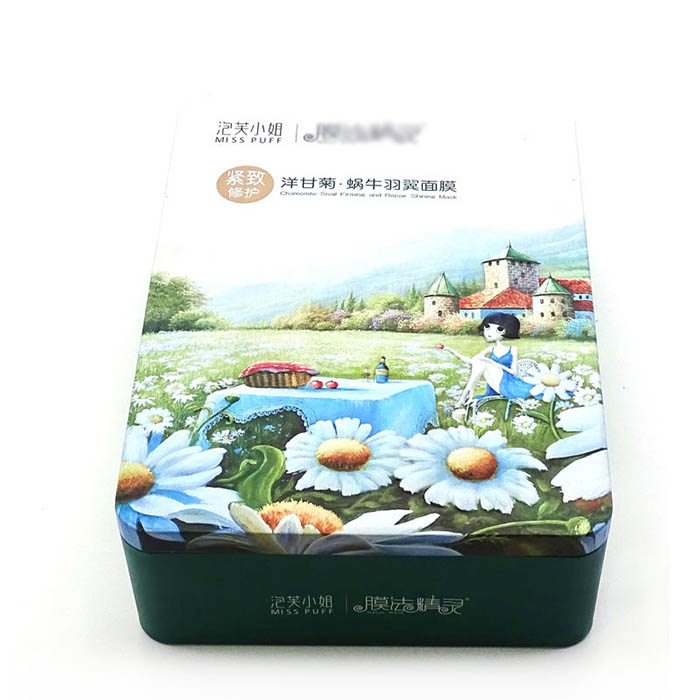 6. The tin box printing operation is different from the offset printing operation of the general carton. The printing machine should carefully consider the feeding table when manufacturing. For tin boxes of different thickness, different quality, and different materials, the best blowing force and blowing nozzle should be considered. The suction power of the nozzle, and adjust the air volume of the blowing nozzle and the nozzle at any time during the printing process to achieve the best feeding state. At the same time, a horseshoe-shaped magnet is added to the feed to overcome the adsorption force between the tin boxes, and with the blowing force of the blowing nozzle, the tin boxes can be transported smoothly and uninterruptedly. When adjusting the roller pressure, in addition to considering the thickness of the tin box, it is also necessary to consider the transfer status of the dots (the pressure is too small, the dots of the printed matter are imaginary, the pressure is too large, the dots are seriously deformed and the graphics are distorted) Always put the finished product in the center. Tin box printing products are generally intermediate products. The ultimate goal of
6. The tin box printing operation is different from the offset printing operation of the general carton. The printing machine should carefully consider the feeding table when manufacturing. For tin boxes of different thickness, different quality, and different materials, the best blowing force and blowing nozzle should be considered. The suction power of the nozzle, and adjust the air volume of the blowing nozzle and the nozzle at any time during the printing process to achieve the best feeding state. At the same time, a horseshoe-shaped magnet is added to the feed to overcome the adsorption force between the tin boxes, and with the blowing force of the blowing nozzle, the tin boxes can be transported smoothly and uninterruptedly. When adjusting the roller pressure, in addition to considering the thickness of the tin box, it is also necessary to consider the transfer status of the dots (the pressure is too small, the dots of the printed matter are imaginary, the pressure is too large, the dots are seriously deformed and the graphics are distorted) Always put the finished product in the center. Tin box printing products are generally intermediate products. The ultimate goal of 
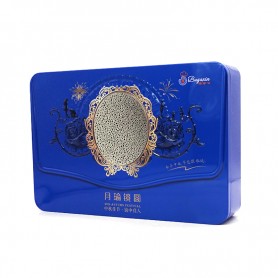
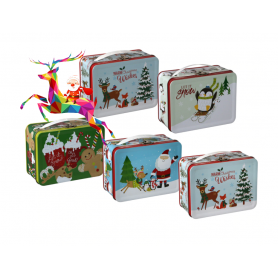
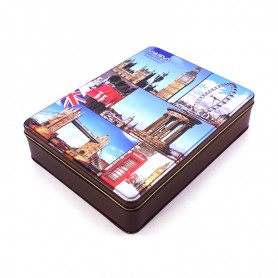

Derniers commentaires